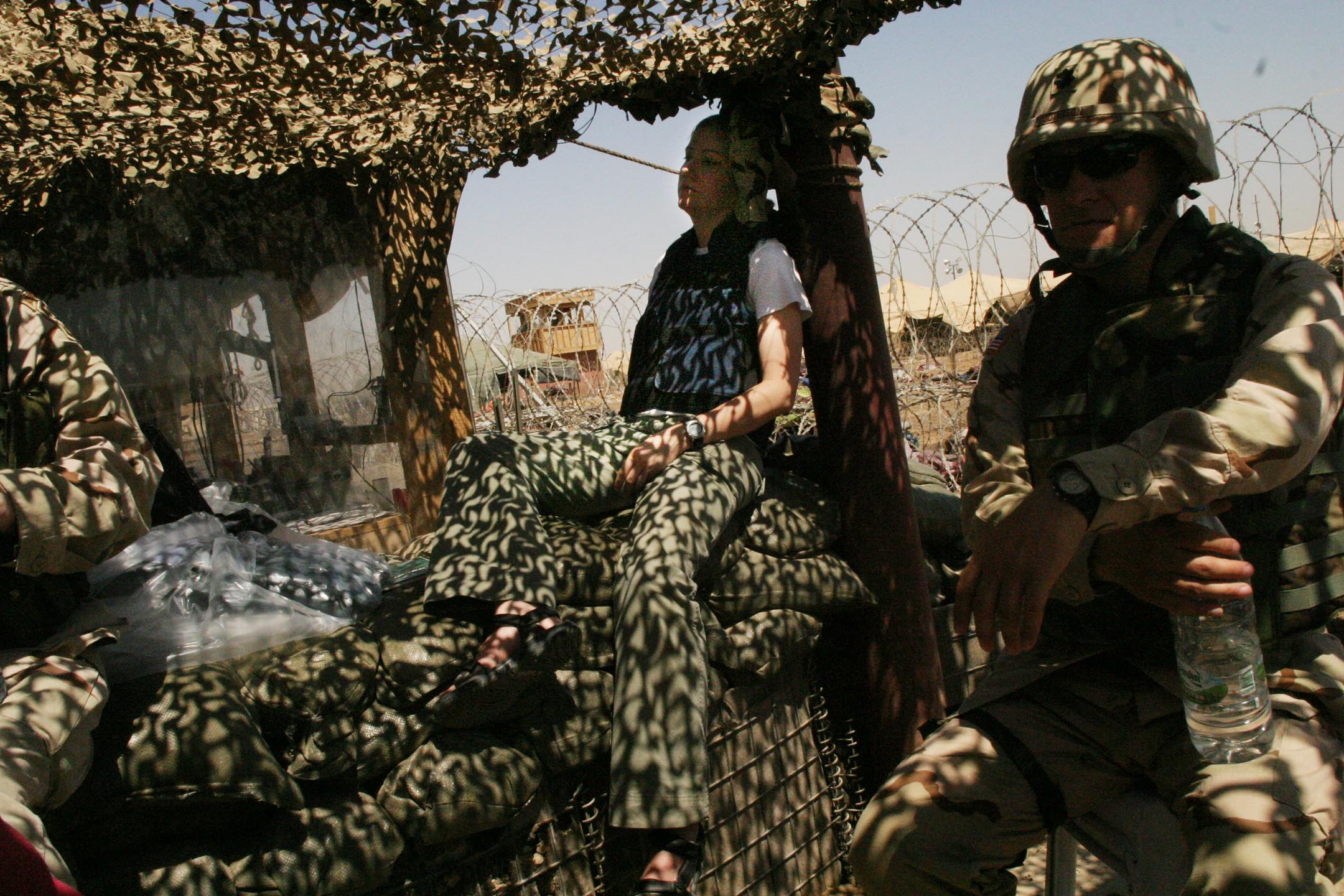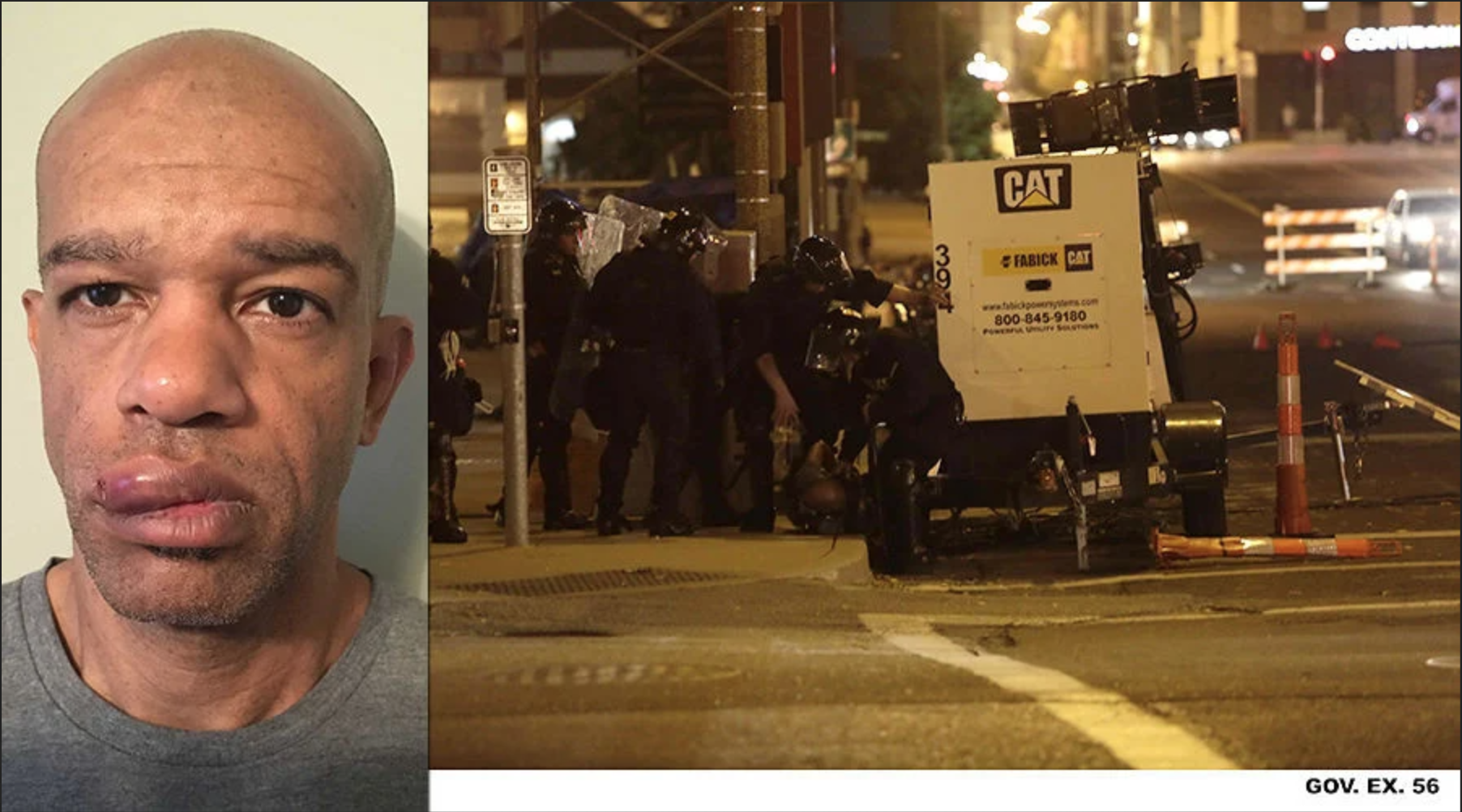News business is about death and imagination
I want to tell you a story about covering Congress in 2002 that doesn’t feel that long ago but my 18-year-old students at Columba College in Chicago would assure me otherwise. I wasn’t too much older than that when I started working for The Washington Post after graduate school. I was young, ambitious, serious and rigidly “old school.”
I was covering several financial committees in both the House and Senate, focusing on new regulations for the banking industry after the collapse of Enron. I look back at this time as my introduction into foreign reporting really. When I’d travel to the Financial Accounting Standards Board in Connecticut, I really needed a translator to cover some of the meetings. I spent hours in committee meetings on the Hill, dutifully following the debate, usually when most of the members of Congress weren’t present. It was also a lesson in how our democracy really works, although it left me pretty jaded.
At the last minute when it was time to vote, the members would rush in and ask their aides whether to vote up or down, pretty much along party lines. I was one of the few people who had listened to all of the discussion, heard all of the debate. But that’s what we do as journalists, right? We stick through the committee meetings and hearings, we listen and watch and challenge when our local governments try to go into executive session to do the public’s business outside of the public’s view.
I remember this one day in particular because my editors seemed particularly interested in the news coming out of the House committee I was covering. We had this relatively new website at the Washington Post, launched in 1996, the year after I came to the paper. It was not something I read every day. I preferred to hold my paper in my hands and let the ink stain my fingers. I may have been 26 but like I said, I was rigidly “old school,” perhaps a byproduct of growing up among the cornfields in Central Illinois.
Miffed at website updates
We had separate (and definitely not equal) newsrooms at the Washington Post then, one that produced the paper and one that produced the website. On this particular day, I was asked to run out of the hearing during various points and “call in” updates. I was a little miffed, and I remember grumbling that I wasn’t the “AP.” The AP was fast and had to be first. I greatly admired my wire service colleagues. I also didn’t want to be them. I enjoyed the luxury of having a day to think about what I wanted to write, to write and rewrite, to make a few more phone calls before the 5 p.m. deadline.
I think back on that time and on the extraordinary changes that have taken place in journalism since I wrote my first newspaper story at age 13. I was recruited to my high school newspaper staff at my brother’s Little League game the summer before my freshman year. Really, is there a more quintessential Midwestern start to journalism than that? Even though I spent the majority of my career at The Washington Post–covering small town news in Southern Maryland, big financial news on the Business Desk and later the wars in Iraq and Afghanistan, I consider myself a community journalist. When I go now to report in North Africa, I do it from small communities. I just started production on my next documentary in the town of Morocco, Indiana, population 1,000.
As editor of Gateway Journalism Review, I have the incredible opportunity to watch and learn and see what community papers across the country are doing, how they are solving their own problems, how they are innovating and collaborating. It’s one of the reason I love this second job of mine and seized the opportunity to remake the magazine and make it a digital-first publication, which we now are, in our 50th year.
Death and imagination
This is going to be a talk about imagination.
Why?
Because like it or not, the news industry is in the midst of a major disruption. If we don’t embrace it, if we don’t celebrate the extraordinary opportunities we have to reach our readers in new and innovative ways, we’re not going to be around to cover our own funeral.
Here’s a fact. Our loyal leaders are dying.
They just are.
And all of us, if we aren’t already, need to accept that and figure out how to convince that coveted 18- to 34-year-old demographic that they need us. Not only need us but that we are worth paying a little for even though they’ve grown up with this concept that news should be free.
This is something I struggle with even as a journalism professor. My students are reluctant to buy even digital subscriptions. I honestly don’t get it. They want someone eventually to pay them to do the job, but they want the media organization to give their hard work away for free? I know full well what you are up against if I’m trying to convince my journalism students to pay for news.
But I’m not here to solve that problem. Oh we have so many problems, don’t we? We also have something that is often overlooked.
We have imagination.
Laying off the photography staff
In 2013, the Chicago Sun-Times laid off its entire photography staff, including the legendary Pulitzer Prize winner John H. White. I was in Chicago teaching already when this happened, and I wrote about this story and what it meant for the future of photojournalism for another journalism review still publishing at that time, American Journalism Review. It has since folded. This was big news and bad news for journalism. An ASNE study the same year the Sun-Times laid off its photographers noted that photographers, artists and videographers were trimmed by nearly half (43%)—from 6,171 in 2000 to 3,493 in 2012.
So at Columbia College Chicago, I, the great visionary who balked out a website updated, did what made the most sense.
I created and helped to launch a photojournalism program, the first PJ major in Chicago. Imagine that. The third largest city in American with world class universities and journalism programs and not a single photojournalism program.
The major we created was truly innovative. Our students are required to take courses in AR and VR, and about half of the courses they take are in documentary film. We knew, and we know, that traditional photojournalism jobs have decreased, so we didn’t set out to educate students to do those jobs. We set out to educated students to be nimble and adapt, to imagine the future and to imagine themselves in it.
In their capstone course, we bring together photo students and TV students and regular old journalism students and advertising students and they make documentary films, and these films are simply amazing. They are amazing because of the talent of our students but they are really and truly amazing because of the collaboration and because we give them the space to experiment.
Experiment
Imagination requires us to experiment.
Is there a vertical you can publish just on sports. Or a newsletter with ads like the Waterloo Republic-Times does in Illinois that makes money for the paper.
Experiment wildly with limited resources.
Are you in regular talks with the other media outlets in your community about how you can share content?
If you aren’t, you should be. This doesn’t have to be a mass grave. This could be a parade.
Look, I don’t know what the future holds, clearly. I don’t know how long we’re going to be reading news on paper. I still buy books and go the library. I still get my Sunday paper and a couple of magazine subscriptions. But I know that I’m not the future of this industry. Most of this in the room aren’t. Our young readers, a digital native generation is.
We have to produce content that no one else will. We have to be watchdogs and produce journalism that matters.
Jackie Spinner is the editor of Gateway Journalism Review. This article is an excerpt of keynote address she delivered Oct. 4 to the National Newspaper Association conference in Milwaukee. Follow her on Twitter @jackiespinner.



